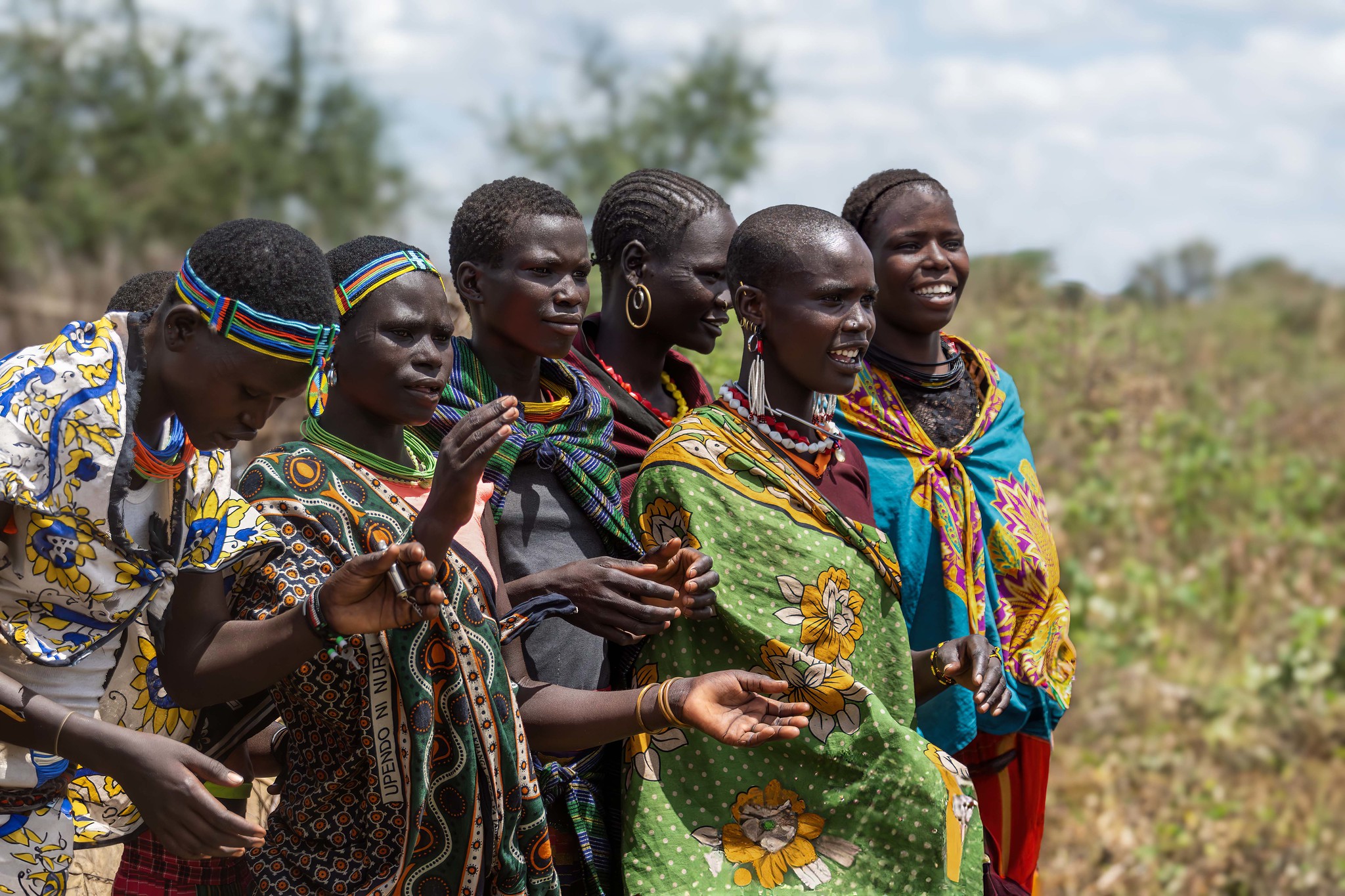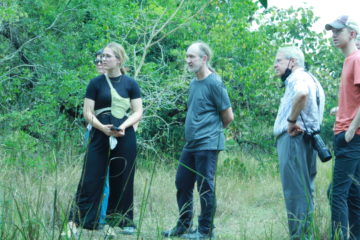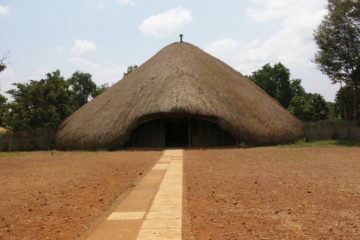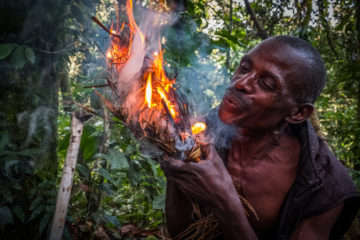Located in the heart of Uganda’s Karamoja sub-region, Nakapelimoru Village is a hidden cultural treasure and the largest village in Uganda by population and land area. Nestled within Kotido District, this expansive village offers an authentic glimpse into the lives of the Karamojong people, one of the most resilient and culturally rich communities in East Africa. Despite its obscurity in mainstream travel circuits, Nakapelimoru Village holds immense potential as a destination for cultural tourism, community-based experiences, and immersive learning.
The Significance of Nakapelimoru Village in Uganda
As the largest village in Uganda, Nakapelimoru holds both demographic and cultural importance. With tens of thousands of residents spread across manyattas (traditional homesteads), it represents a living, breathing reflection of the Karamoja way of life. The village is known for its communal spirit, traditional governance, and strong adherence to Karamojong customs.
The Karamojong, who are Nilotic pastoralists, have lived in this region for centuries. In Nakapelimoru Village, cultural continuity is evident in the traditional architecture, social structures, and daily practices rooted in livestock rearing, community bonding, and oral traditions.
Culture and Traditions of Nakapelimoru Village
A visit to Nakapelimoru provides a rare opportunity to engage with Uganda’s most traditional society. Cultural highlights include:
- Manyattas: These traditional compounds are built from sticks, mud, and thatch, forming small communities of families that live communally.
- Livestock-centered life: Cattle, goats, and sheep are central to identity, economy, and social status.
- Ceremonies and rituals: Initiation ceremonies, dances, and community gatherings are integral to the social fabric.
- Traditional dress and adornments: Beaded necklaces, body markings, and handmade jewelry express status and beauty.
As part of the wider cultural heritage of the Karamoja region, Nakapelimoru Village is a vital guardian of Uganda’s indigenous traditions.
Tourism in Nakapelimoru Village
Cultural tourism in Nakapelimoru Village is still in its infancy, but the potential is immense. Responsible travelers seeking immersive, authentic experiences can enjoy:
- Guided cultural walks through manyattas and cattle enclosures
- Traditional dance performances by local youth groups
- Storytelling sessions with elders to learn oral histories and folktales
- Hands-on activities like milking cows, preparing local meals, and crafting beaded jewelry
Efforts are underway to train community guides and partner with tour operators to develop sustainable tourism models that benefit locals while offering unforgettable experiences.
Location and Accessibility
Nakapelimoru Village is located in Kotido District, in northeastern Uganda. It lies approximately 10 km from Kotido town, which is accessible via road from Moroto or Soroti. The road infrastructure is gradually improving, but a 4×4 vehicle is recommended for ease of access, especially during the rainy season.
Tourists can base themselves in Kotido town and make day visits to Nakapelimoru, or arrange for overnight camping experiences in the village with prior coordination.
Accommodation Near Nakapelimoru Village
While there are no lodges directly in Nakapelimoru Village, nearby Kotido town offers a few modest options for accommodation:
- Kotido Guest House – A basic guesthouse suitable for budget travelers
- Karamoja Arts Centre – Offers eco-friendly accommodation and cultural programs
- Camping – With community permission, camping can be arranged within the village, offering a closer cultural experience
As interest in Nakapelimoru Village grows, local entrepreneurs are exploring options for homestays and eco-lodges.
Why Visit Nakapelimoru Village?
- Authenticity: It offers a window into an untouched culture that has resisted modernization.
- Community-based tourism: Travelers can contribute directly to the local economy.
- Photographic opportunities: The vibrant traditional attire and scenic landscape are ideal for photographers.
- Educational value: Ideal for researchers, anthropologists, and students interested in African cultures.
For travelers keen on exploring beyond the usual safari circuits, Nakapelimoru Village is a powerful alternative.
Sustainability and Cultural Preservation
Promoting tourism in Nakapelimoru Village must go hand in hand with preserving the cultural integrity of the Karamojong people. Organizations and NGOs in the region work with local leaders to:
- Develop tourism with community consent and participation
- Create training programs for local guides and artisans
- Ensure that tourism income supports education and healthcare initiatives
As the largest village in Uganda, Nakapelimoru represents a model for how rural communities can leverage cultural tourism for development while maintaining their heritage.
Best Time to Visit Nakapelimoru Village
The best months to visit are December to March and June to September, which are Uganda’s dry seasons. These periods allow easier road travel and more reliable cultural programming. Visitors should dress modestly, respect local customs, and preferably visit with a knowledgeable local guide.
Nakapelimoru Village is not just the largest village in Uganda—it’s a cultural stronghold that showcases the resilience, pride, and depth of Karamojong identity. Whether you’re a cultural enthusiast, curious traveler, or academic researcher, a journey to Nakapelimoru promises profound encounters and unique stories. With growing interest in authentic and responsible travel, this village is poised to become a must-visit cultural destination in East Africa.






Tour Reviews
There are no reviews yet.
Leave a Review